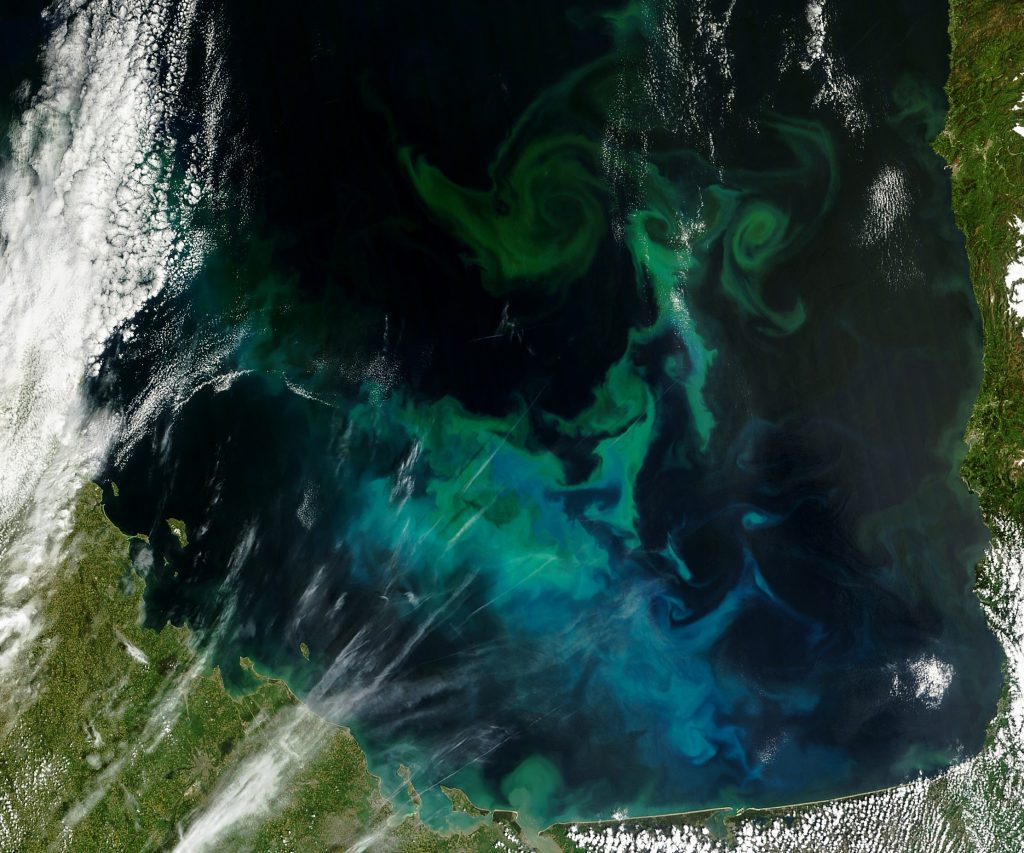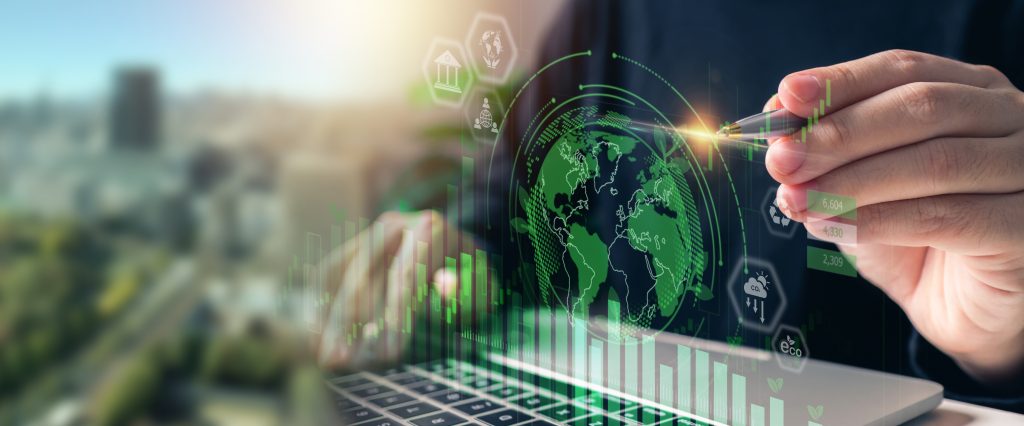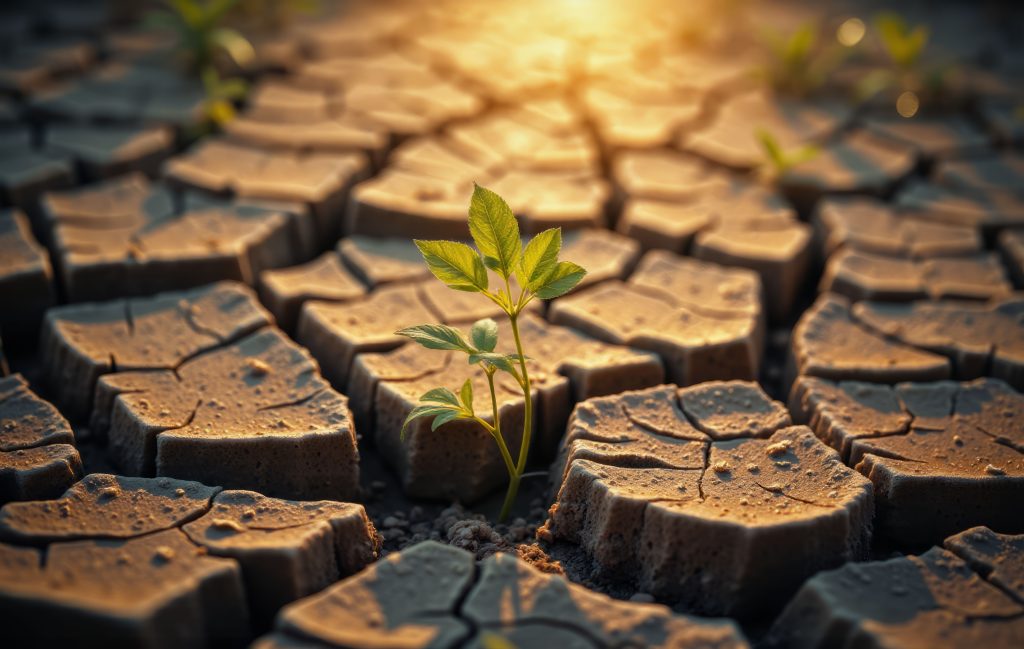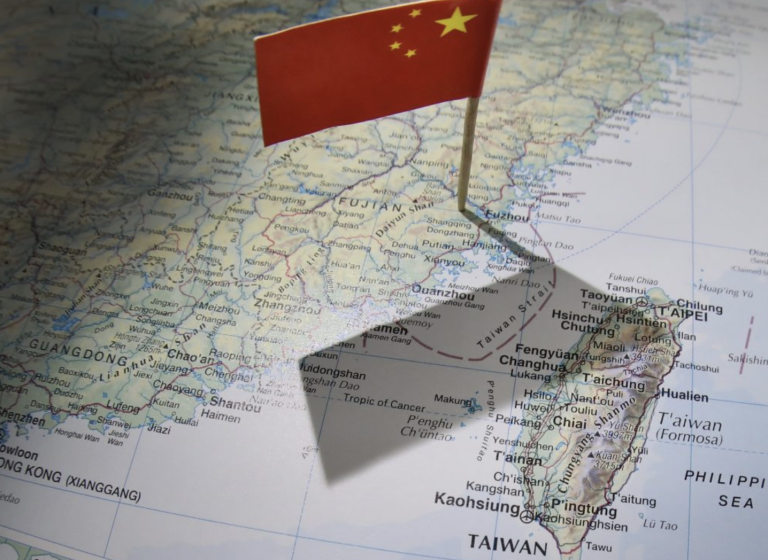Earth Observation, ESG, and the Geopolitics of Space-Based Data
In this episode of The International Risk Podcast, host Dominic Bowen speaks with Sabrina Alam about the governance, strategic influence, and sustainability implications of Earth observation and space-based data. Their discussion explores how satellites are transforming environmental transparency while reshaping global power structures.
Earth observation has become one of the most powerful tools for understanding the planet’s changing systems and management of global risk. As satellite data is redefining sustainability, finance, and governance, the politics of orbit will shape the transparency of life on Earth.

A tool for accountability
For Alam, the link between space and sustainability is now undeniable. “When we talk about ESG, Earth observation enables verification of that,” she explained early in the conversation. From monitoring supply chains to tracking the impact of the war in Ukraine on global energy markets, satellite imagery provides the data that can confirm or challenge what organisations report. “The observation plays a huge role in being able to predict consumer base, certain trends that are taking place, migration patterns,” she added.
The capacity of Earth observation to inform resilience planning has made it central to climate-risk management. Whether identifying flood-prone areas or assessing the spread of wildfires, the technology offers decision-makers a level of foresight that once belonged only to scientists and defence agencies. “We’re seeing the rise in the importance of observation in that narrative,” Alam said. “The world needs it, especially today, given the extreme weather events that we’re seeing.”
Data, power, and dependence
Yet the growth of this capability has brought new asymmetries of power. Alam was clear that the real question is not only what satellites can see, but who controls the vision. “There are certain nations and the big players out there, namely the US, China, India, particularly the EU, and so on, that really own the satellites. Then you also have the private sector,” she said. Governments increasingly purchase imagery from commercial operators, creating a web of dependencies that can become political leverage.
This concentration of ownership, she warned, risks distorting the purpose of the technology. “Those who own the data can then decide how they want to use it. But those who don’t, don’t necessarily have the ability to be prepared or to understand what’s going to happen. There’s a huge reliance on those nations and those private sectors.” The danger, she concluded, lies in “weaponisation of access to data”.

The race for governance
Addressing these risks requires global coordination, yet there is still no binding system for governing space-based information. “It’s a hard one because how do you govern that? How do you mitigate that?” Alam asks. At present, satellites, and the data they produce, remain largely in the hands of a few governments and companies. “It needs to also be somewhat beneficial to them to be able to share this,” she observed. Balancing profitability with openness and transparency will be the central challenge of the coming decade.
Encouragingly, new collaborations are emerging. Alam cited initiatives such as the UK’s Space for Climate, which brings together academia, industry, and public bodies to harmonise standards and ensure that satellite data is used responsibly. “If you’re able to standardise certain platforms and develop intelligent, accessible platforms and transparency with certain levels of data,” she said, “you then address both things.”

From orbit to the office
The conversation also revealed how deeply integrated satellite information already is in business strategy. “It’s integrated into everything you do,” Alam explained, from financial decision-making, from investment, from insurance, from verification of your supply chain and transparency. Industries from agriculture to energy are using satellite analytics to forecast climate impacts and optimise resources. Even something as familiar as the morning coffee depends on orbital insight. “Those who drink coffee – Earth observation’s probably your best friend,” she said. “Being able to track how areas where coffee beans are being grown and whether trends are going to take place allows farmers to yield better going forward.”
The risk of concentration
Despite the promise, Alam cautioned that growing dependence on a small number of commercial constellations brings systemic risks. If a handful of operators control global access, market stability, data integrity, and even humanitarian response could all be affected. “Quite frankly, I believe it’s the potential monopolisation and narrative control of Earth observation data,” she concluded. “It’s almost like we have all the tech to ensure that all the challenges we’re seeing today could be addressed, but unless the right mechanisms and these risks are addressed in the right way, we are not going to address the global risk that we’re seeing.”
The episode ends on that warning. The technology already exists to make societies more resilient, transparent, and prepared. Whether it fulfils that potential will depend on the governance systems, and the collective will, built here on Earth.






One Comment
Comments are closed.